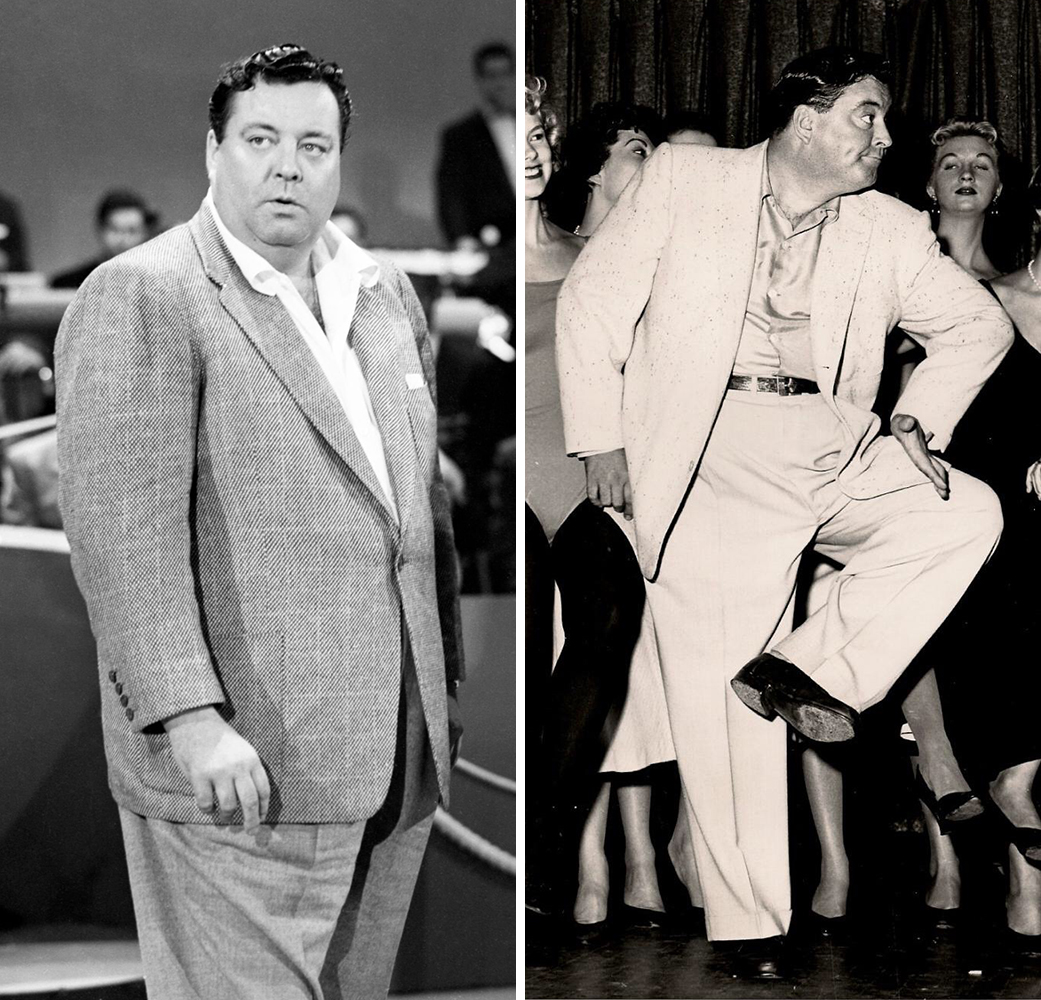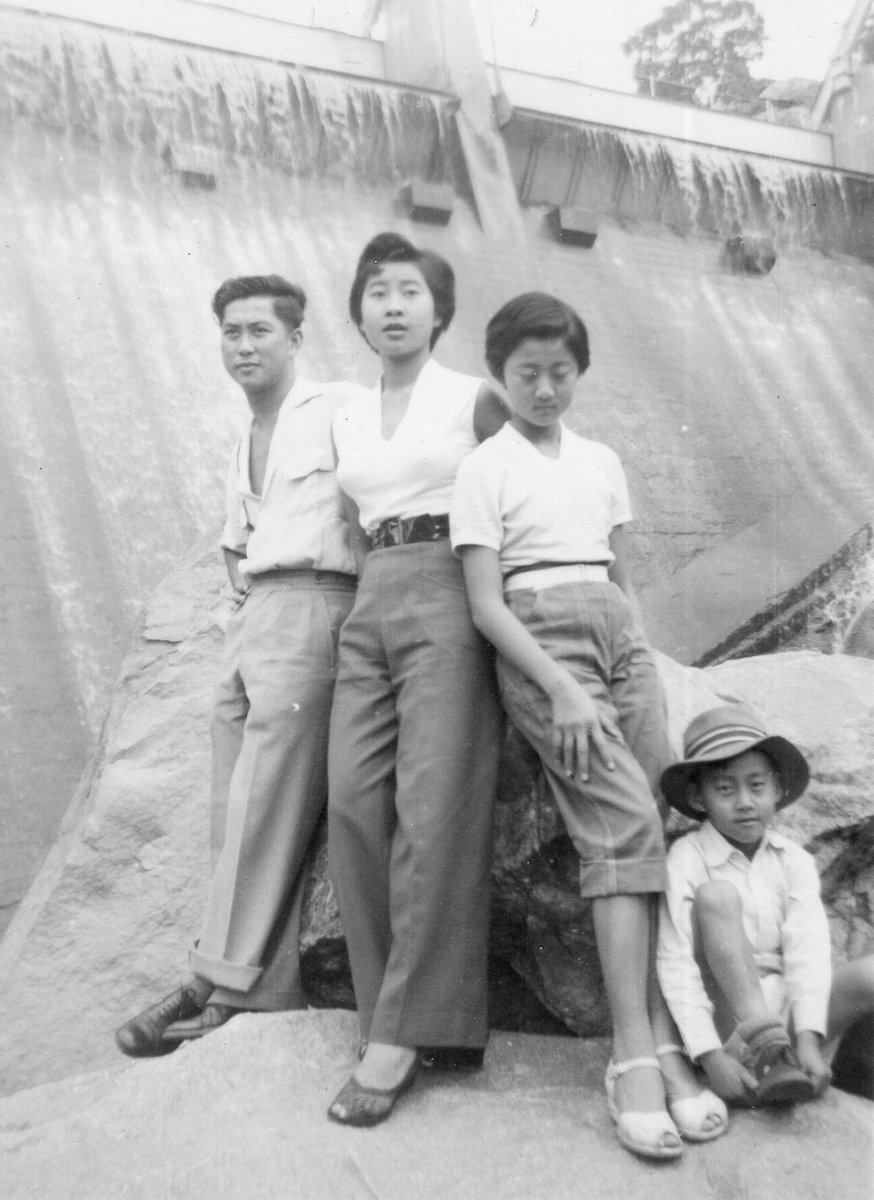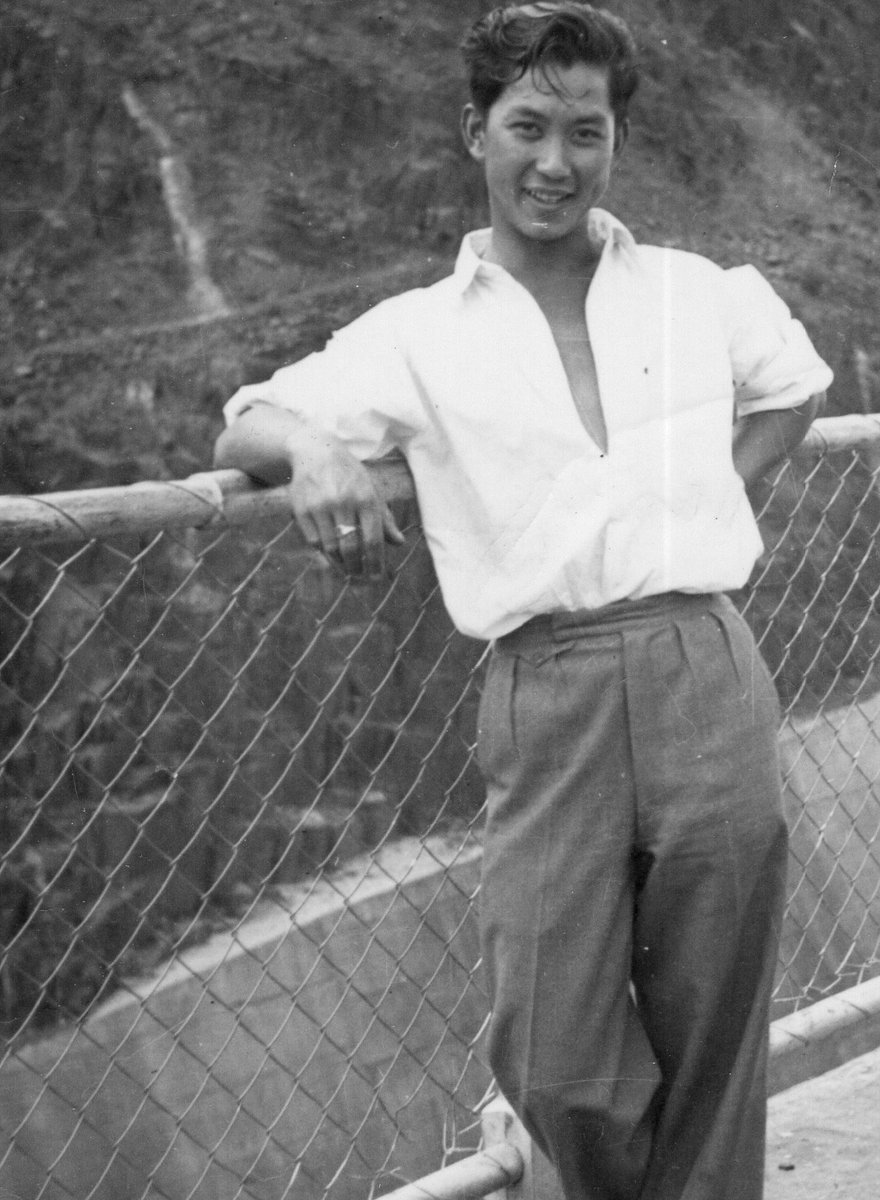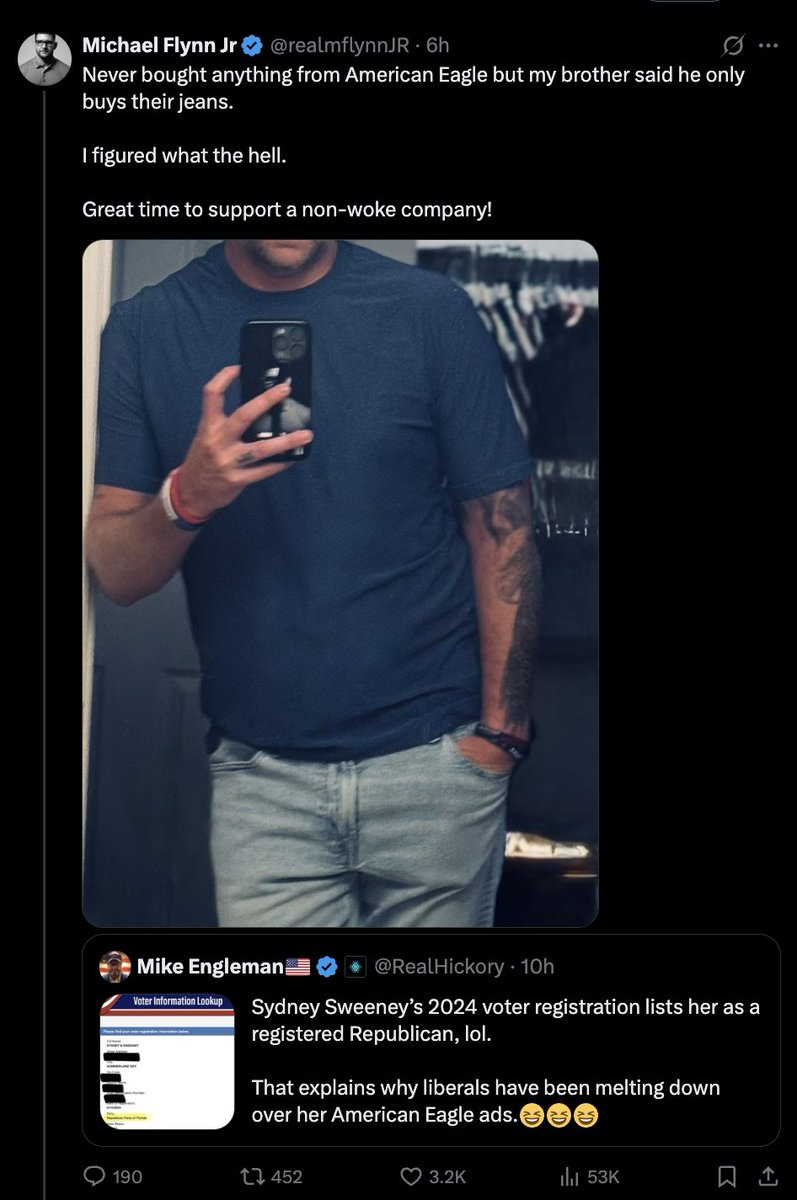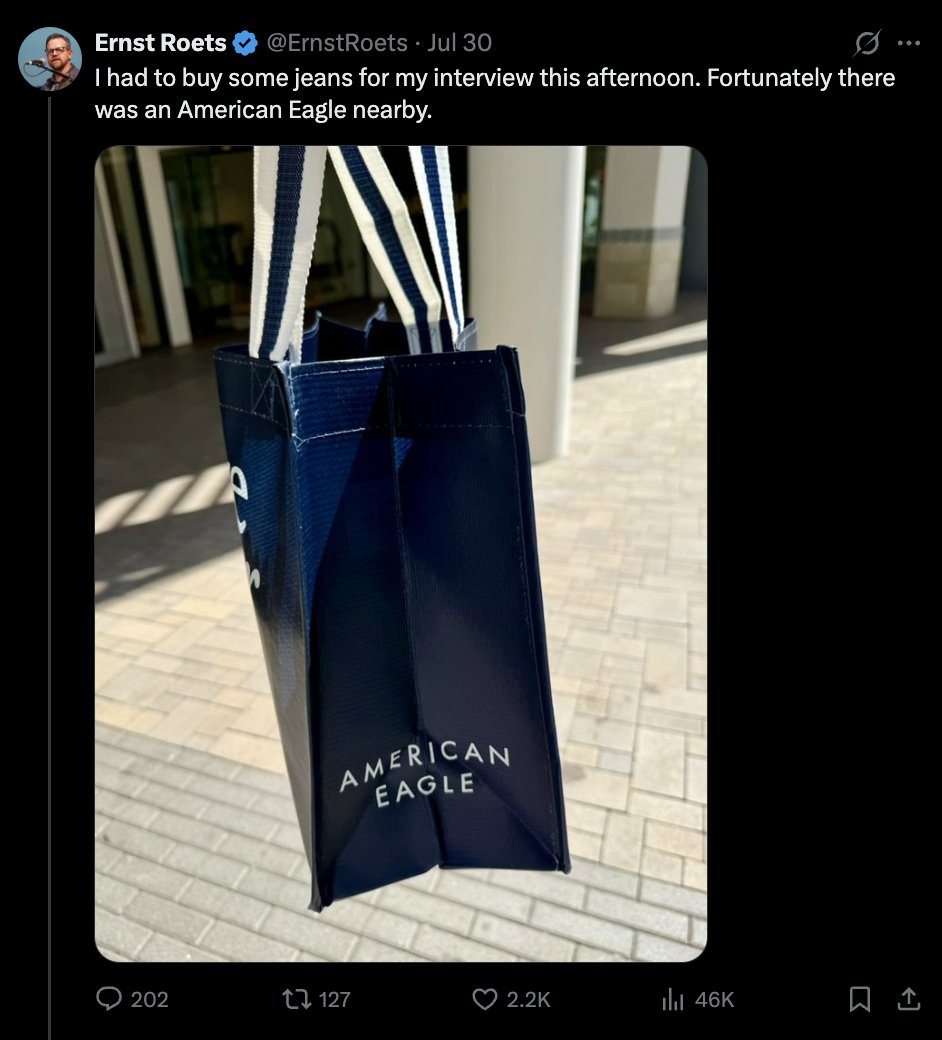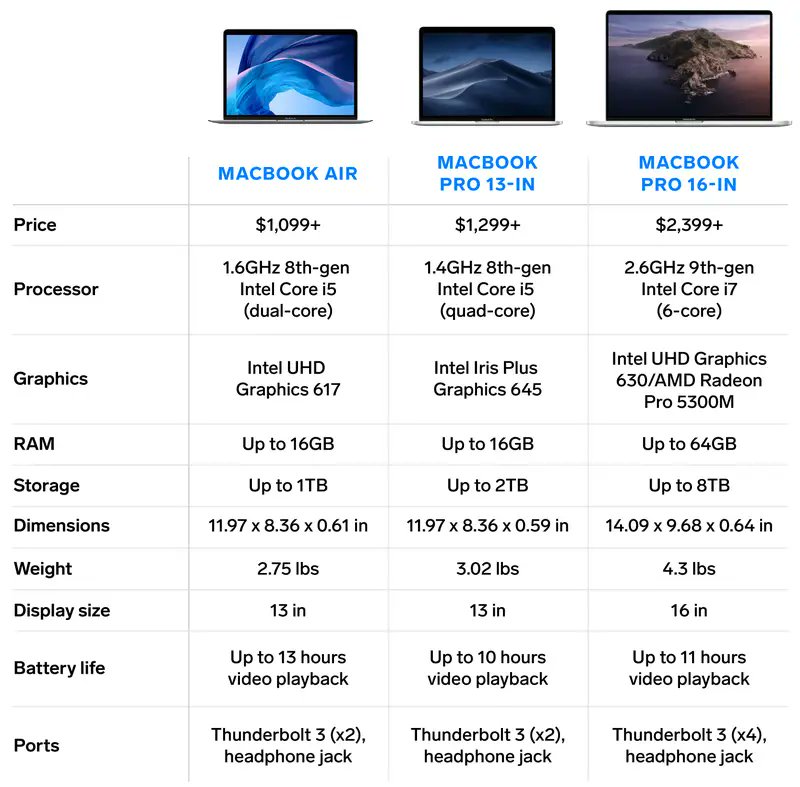Any time I comment on these shoes, someone replies: "What am I supposed to wear? Those are so comfy!"
This is reasonable. But if you want to wear more traditional footwear, here are some suggestions on how to find a comfortable pair. 🧵
This is reasonable. But if you want to wear more traditional footwear, here are some suggestions on how to find a comfortable pair. 🧵

First, nothing is going to be as comfy as sneakers. Those are pillows built on marshmallow clouds. But it's also not true that traditional leather shoes have to be painful. For generations, men wore leather soles for sport and long walks. 



In fact, John Lobb of St. James in London still calls some of their derbies "navvy cut." The term navvy is short for navigator, which is a working class laborer during the 19th century who worked on civil engineering projects, such as canals and railways. 



My favorite dress shoe style is the Norwegian split toe, a navvy style. I like them partly because of their rugged history and because they're worn by men whose style I admire. IMO, they look best when the apron and split toe seam have been handsewn, not machine sewn. 



So what changed? How is that men wore leather shoes for generations—including working class laborers and politicians—and yet so many find them uncomfortable today? Some of it is about expectations: men who wear sneakers all the time are used to a certain level of comfort. 



At the same time, the market has also changed. It used to be that you could walk into a traditional clothier (sometimes custom tailoring shop) and feel confident you'd get a good suit. But as the demand for suits has dried up, so have these shops. 



The same is true for traditional shoes. There simply aren't that many stores nowadays that sell quality leather shoes. Thus, without the help of sales associates, you have to do a lot of the heavy lifting (as is true for clothes).
This starts with knowing how shoes are made.
This starts with knowing how shoes are made.

To find a good pair of shoes, you need to recognize signs of quality. On a basic level, the uppers should be made from full grain leather, which has the natural grain of the hide. Corrected grain means a subpar leather was sanded down and coated. This coating doesn't age well. 



The soles should also be sewn on, either through a Goodyear welted, Blake stitched, or hand-welted method. This is better than gluing the soles to the upper (the most common method). When the soles wear down, you can unstitch and replace them. It's like replacing tires on a car. 



Goodyear welted shoes also have corking to fill the hollow space created by the welt. This cork takes the impression of your feet over time, making the shoes *more* comfortable with wear. Cheap shoes have foam that feels good on day one, but eventually breaks down. 

I strongly believe that the main reason why people find traditional shoes uncomfortable is because they don't know how to find shoes that fit (same with clothes). Many people are going off their sneaker size. Or the shoe size they took when they were 16 years old. Feet change!
To figure out your shoe size, you need to get measured on a Brannock device. This will give you a number (length) and letter (width).
If you're a 10D in US sizing, this means 10 length and medium width (D is medium here). But in the UK, this same size is 9E, as E is their medium
If you're a 10D in US sizing, this means 10 length and medium width (D is medium here). But in the UK, this same size is 9E, as E is their medium

Your Brannock is just your starting point. Different shoe companies will have different sizing systems. To complicate things, you also need to know their lasts. A last is the wood or plastic form over which the uppers are pulled. This defines the shape of the shoe. 

Check out these charts for the different lasts at Alden and Vass (two well regarded dress shoe companies). If you try a 10D in Alden's Aberdeen last and find it's pinching your pinky toe, maybe you should move up to the Hampton, Leydon, or Barrie last. They have more space. 



On the other hand, if you feel tightness across the top of the shoes, consider going up in width. This will give you more circumference around the uppers. If you're buying cap toes, check if the creases going into the cap. If so, consider sizing down in length. Shoes are too long 



Many people see shoes like this and think the toes must be cramped. Not true! Your toes aren't in this area. When judging the fit, pay attention to the fit from the ball of your foot to the heel. This should align with the shoes. 

Far and away, your best bet is to go to a store that sells good shoes. Unfortunately, this number is dwindling. There's Leffot (NYC), Gentlemen's Footwear (San Diego), and brand shops like Alden, Carmina, Crockett & Jones, and Meermin (the most affordable). 

Going to a store means getting good service. They will help you find a pair that fits and explain how something was made. Sadly, if you're not in a major city, this process is harder. You prob have to shop online, which means looking up info in communities like StyleForum.
I'll end with this: when I was on StyleForum, a fellow member worked at Crockett & Jones. He was also an avid fisherman who trekked along a small coastal path for days and slept in a cave to get to his fishing spots. While climbing and hiking, he wore C&J leather shoes. 





To be sure, these were special shoes: Crockett & Jones Snowden, which are field boots made with waxed uppers, bellow tongues, water-resistant Veldtschoen construction, and lugged rubber soles. But the soles are closer to traditional leather soles than sneakers. And they're comfy. 





He also has a pair of split toes that he wear with jeans and tailoring. The key difference is that he can tell when shoes fit and how to spot quality. While traditional shoes are never going to be as comfy as padded sneakers, they don't have to hurt. 

• • •
Missing some Tweet in this thread? You can try to
force a refresh









